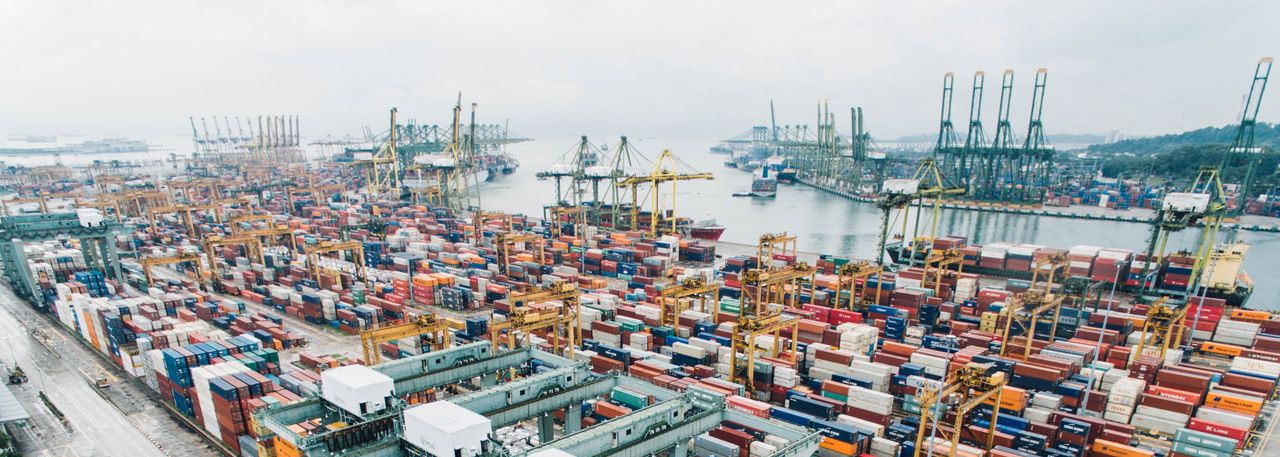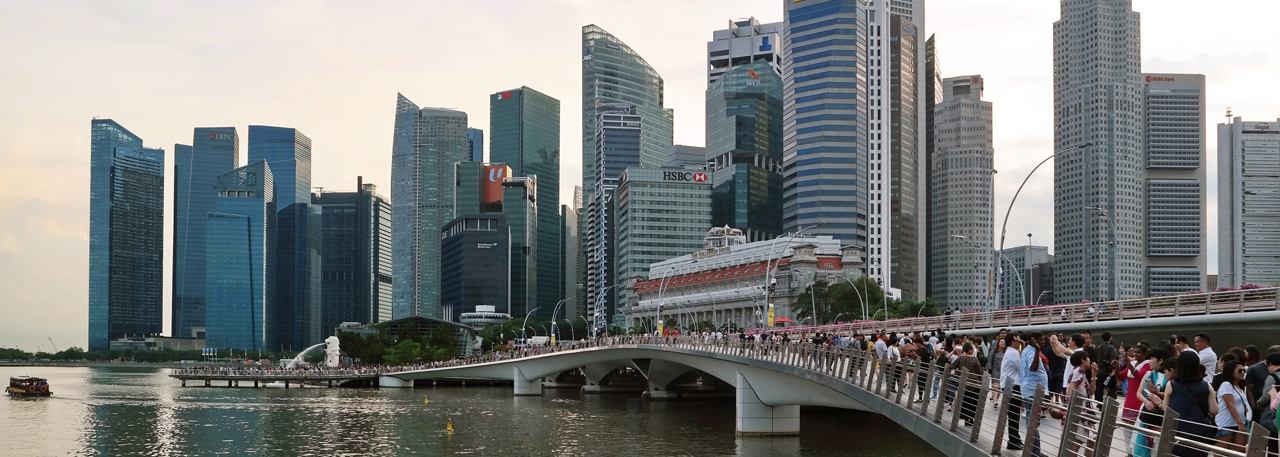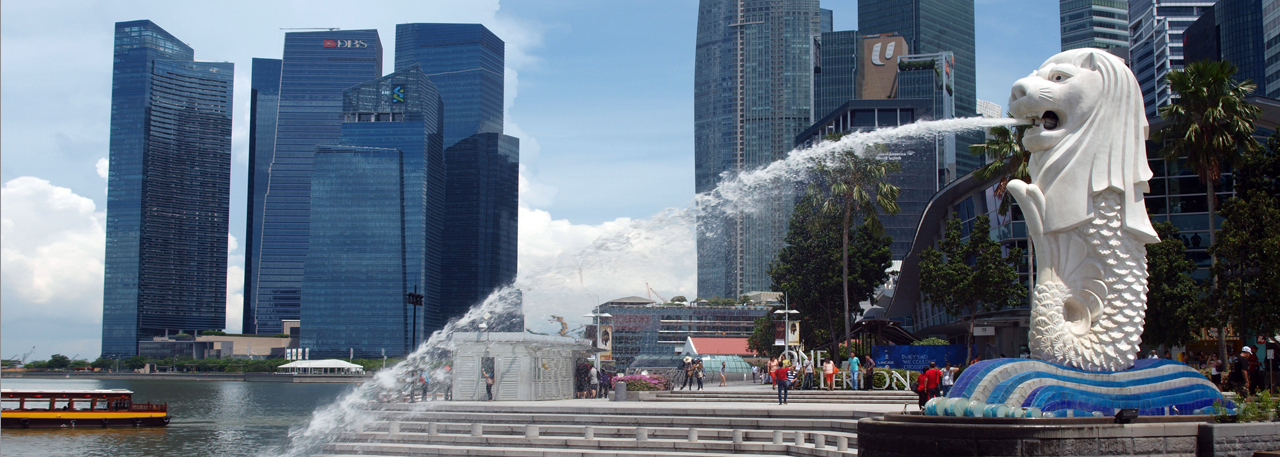Acknowledgments
This report was developed and written by Sean Randolph, Senior Director at the Bay Area Council Economic Institute. Isabel Monteleone, Research Assistant at the Institute, provided supporting research, and Anupam Yog of Mirabilis Advisory provided valuable introductions and support in Singapore.
The Economic Institute wishes to thank our sponsors, the Singapore Economic Development Board and Salesforce, for supporting this project. We are also indebted to the many individuals who generously provided critical information and their personal time and insights.
Image Credits
Featured Header Image: Marina Bay with Singapore Flyer in the foreground; photo by chuttersnap on Unsplash
Singapore central waterfront container wharves; photo by chuttersnap on Unsplash
Singapore skyline; photo by J. Philipp Krone on Flickr
Merlion Park, Singapore; photo by Nigel Swales on Flickr
Singapore Water Sports Centre view; photo by Wengang Zhai on Unsplash




